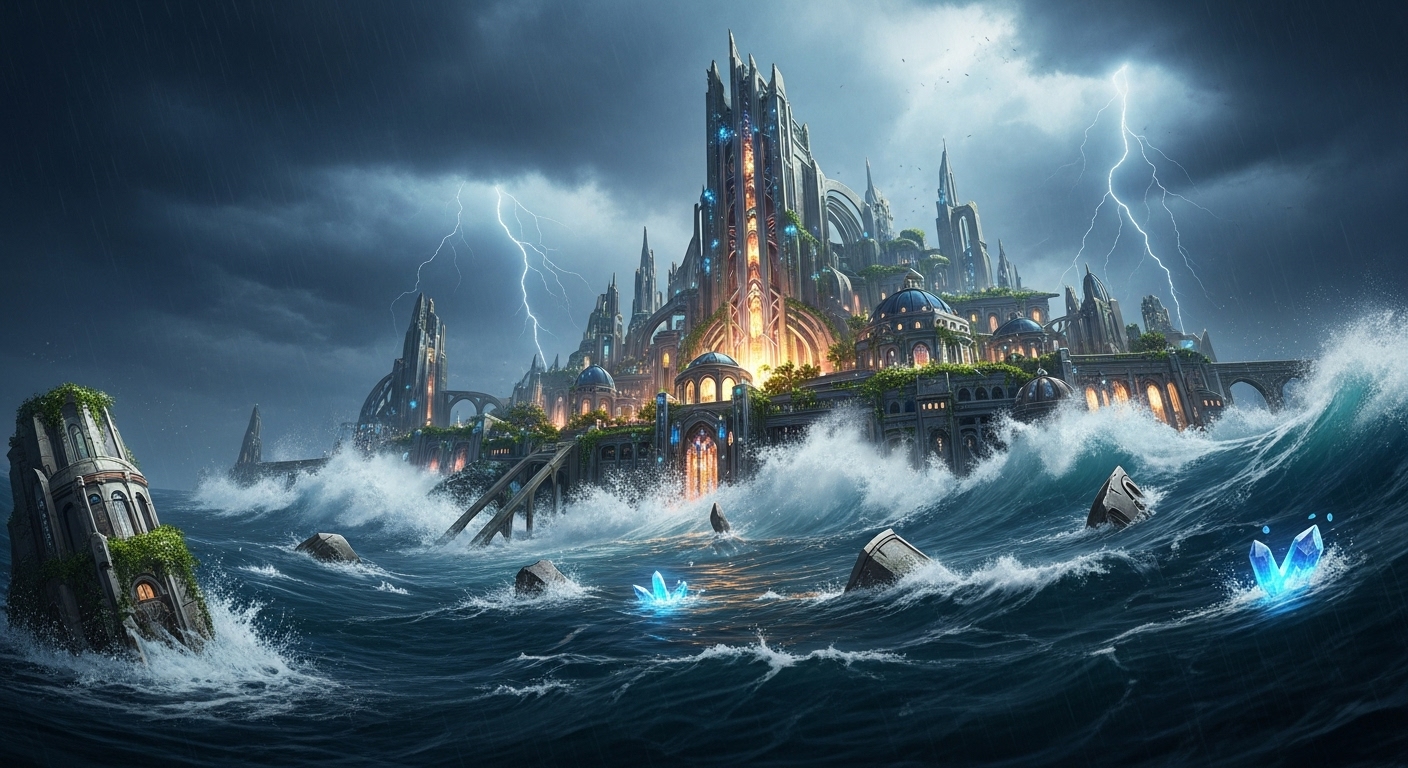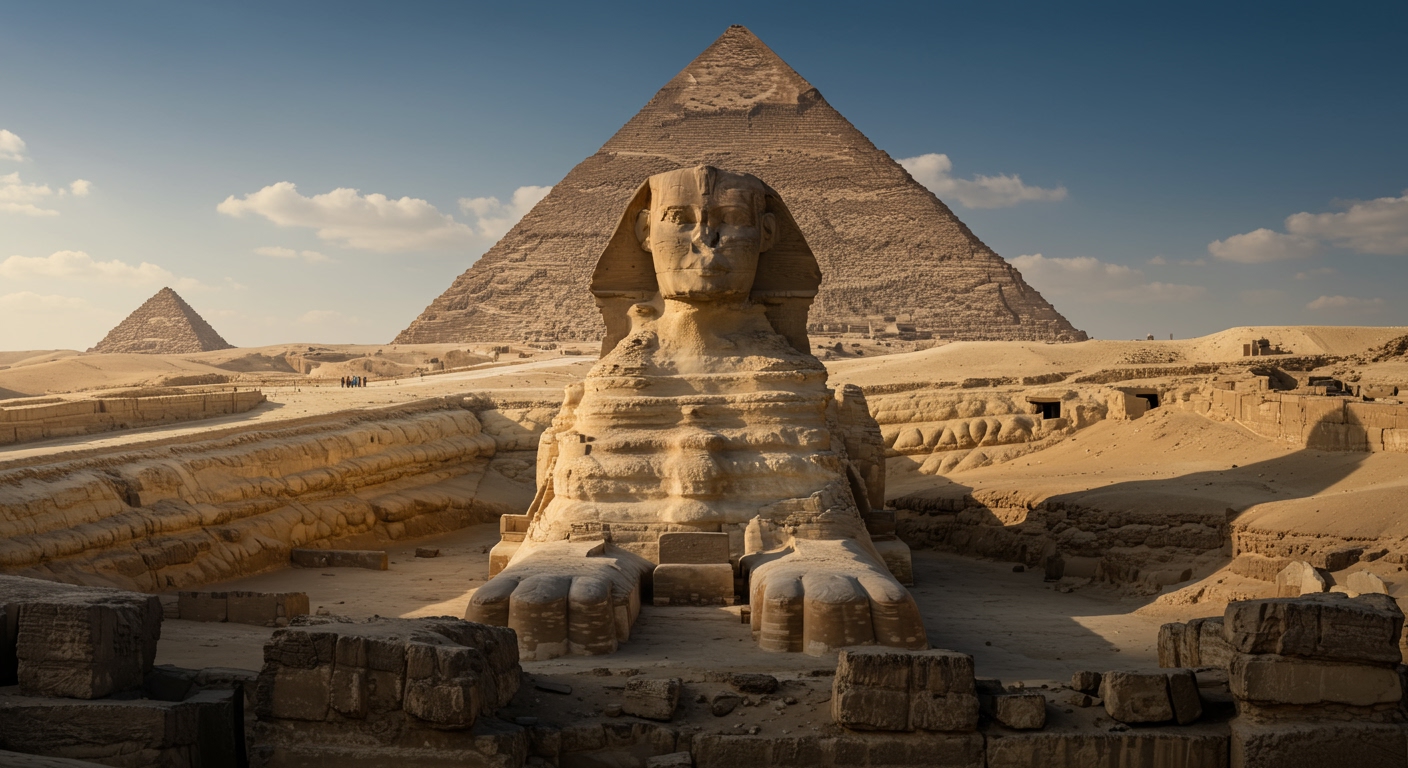The realm of the paranormal has captivated humanity for centuries, sparking curiosity and fear about phenomena beyond conventional understanding. From whispers in the dark to objects moving on their own, “true ghost encounters” and the broader field of real-life paranormal encounters and investigations delve into the unexplained, seeking answers where science often falls short. This article explores the fascinating world of the supernatural, offering insights into reported experiences, investigative techniques, and the ongoing quest to understand what lies beyond, especially concerning real-life paranormal encounters and investigations.
1. What Are Paranormal Encounters? Defining the Undefinable
Paranormal encounters, the cornerstone of real-life paranormal investigations, encompass a wide array of unexplained occurrences that challenge our understanding of the natural world.
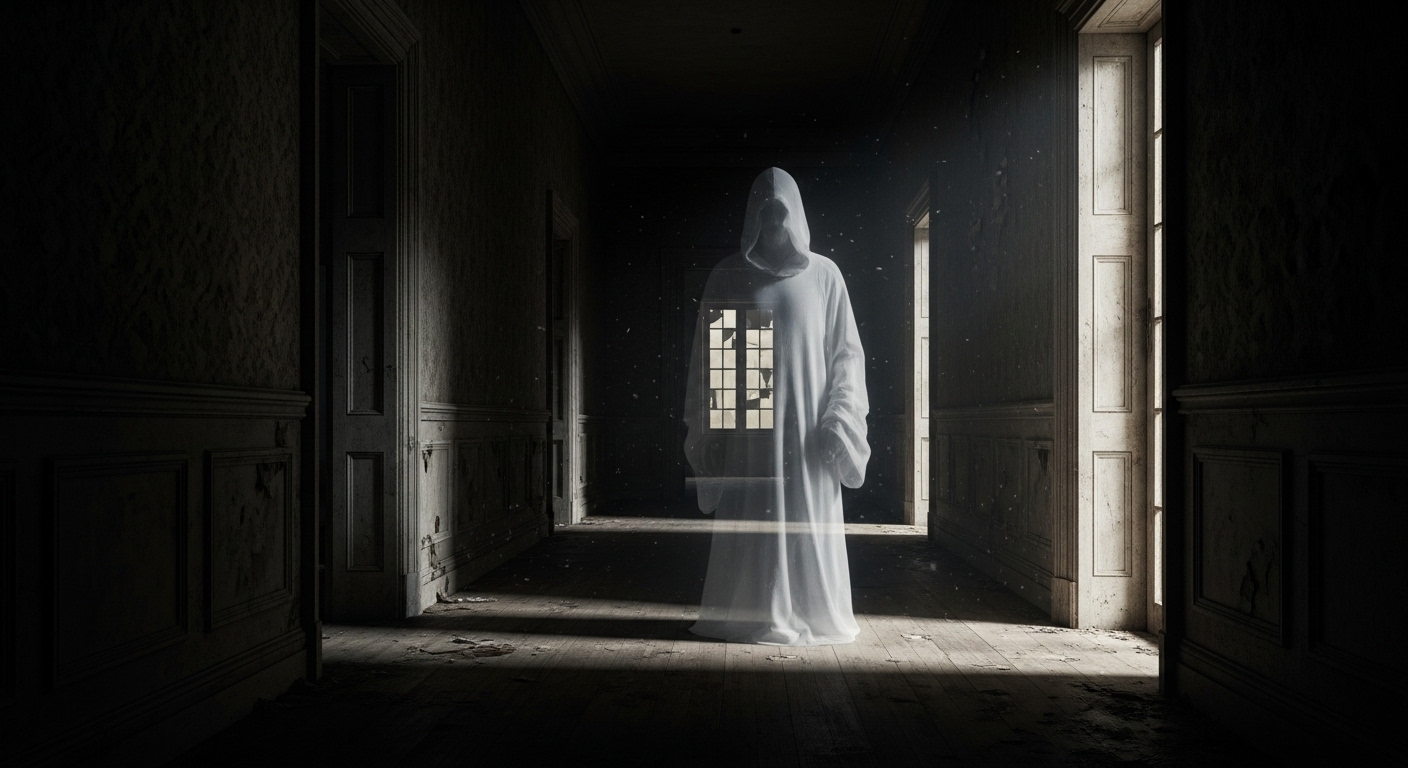
- Ghostly Apparitions: Visual sightings of disembodied entities or spirits, often described as full-bodied figures, shadowy forms, or faint mists, commonly reported in true ghost encounters.
- Poltergeist Activity: Phenomena involving unexplained disturbances such as objects moving or levitating, mysterious sounds or voices, and physical manifestations of force without any apparent cause. These are often associated with heightened emotional states.
- Electronic Voice Phenomena (EVP): Unexplained voices or sounds captured on audio recordings that were not audible in real-time.
- Cold Spots: Sudden, unexplained drops in temperature, which some believe indicate a ghostly presence drawing energy from the air.
- Disembodied Voices and Sounds: Hearing whispers, footsteps, or other noises without an apparent source.
- Physical Sensations: Feelings of being touched, sudden chills, or unexplained pressure.
- Unexplained Odors: Mysterious smells, such as perfume, smoke, or decay, that have no logical source.
2. The Art and Science of Paranormal Investigation
Paranormal investigation is a methodical process of exploring locations thought to be haunted, using various tools and techniques to detect unusual phenomena associated with real-life paranormal encounters and investigations.
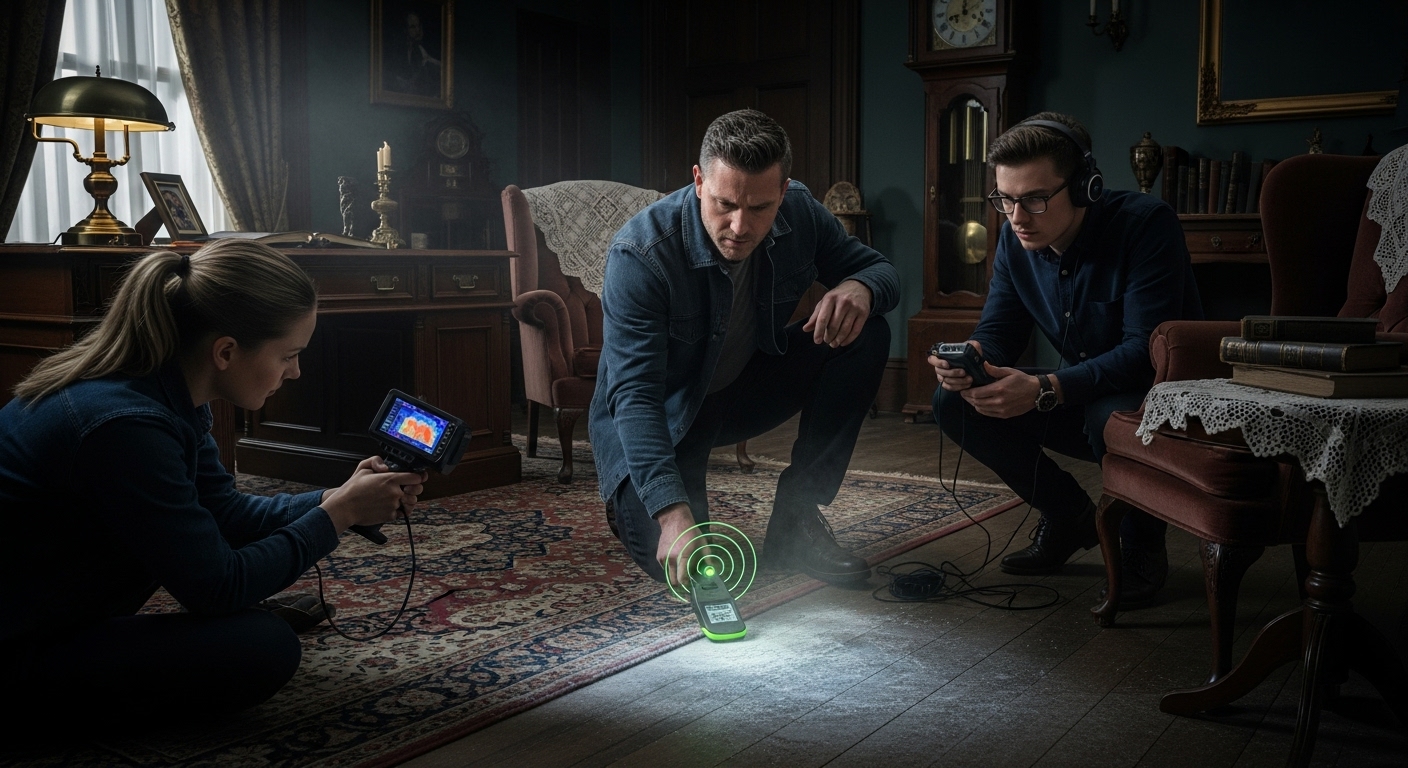
2.1. Preparation is Key: Before the Investigation
- Thorough Research: Investigate the location’s history, previous owners, notable events, and any reported paranormal activity. Local legends, folklore, and historical records can provide valuable clues for understanding potential haunted locations history.
- Obtain Permissions: Always secure legal access and permission before investigating any property. Trespassing can lead to legal issues and disrespects the location.
- Team Formation: It’s recommended to work in groups for safety, collaboration, and to provide multiple perspectives to validate experiences.
- Mental and Emotional Preparedness: Be aware that emotionally or spiritually vulnerable individuals may be negatively affected.
2.2. Essential Equipment for Investigators
Paranormal investigation techniques rely heavily on specialized equipment to detect and document phenomena that defy conventional explanation.
- Cameras (Digital, Video, Infrared/Night Vision): To capture visual evidence of paranormal occurrences, especially in low-light conditions.
- Audio Recorders: High-quality recorders are crucial for capturing Electronic Voice Phenomena (EVP) and unexplained sounds, key for documenting true ghost encounters.
- EMF Detectors (Electromagnetic Field Meters): Measure electromagnetic fields, which are often associated with paranormal activity and can indicate a spirit’s presence.
- Thermometers/Temperature Sensors: To detect sudden drops in temperature, often referred to as “cold spots.”
- Flashlights: Essential for safety in dark environments and can also be used for communication with spirits.
- Notebooks and Pens: For detailed field notes, logging observations, times, locations, and environmental factors, a crucial aspect of thorough paranormal investigation techniques.
- Optional/Advanced Equipment:
- Laser Grids: Can reveal the path of an entity moving through it.
- Dowsing Rods/Pendulums: Used by some for communication and detecting energy fluctuations.
- Spirit Boxes: Devices that rapidly scan radio frequencies, believed to allow spirits to communicate through white noise.[1]
2.3. Conducting the Investigation: Best Practices
- Conduct a Walkthrough: Pay close attention to areas with reported activity, unusual smells, or cold spots.
- Establish Baselines: Measure initial EMF and temperature levels to identify anomalies later.
- Methodical Documentation:
- Keep continuous audio and video logs, noting exact times and locations.
- Take detailed field notes, logging sensations, sounds, sights, and environmental factors.
- Maintain Objectivity and Skepticism: Approach the investigation with an open mind but also a critical one. Attempt to debunk disturbances before attributing them to the paranormal. Rule out natural causes like drafts, pipes, or electrical interference.
- Ethical Conduct: Treat the location and any potential entities with respect. Avoid provocation or taunting.
- Work in Sections: Plan which areas to cover and for how long, focusing efforts based on research.
2.4. Analyzing Findings
- Meticulous Review: Scrutinize all recorded data (audio, video, photos) for anomalies. Use headphones for audio and look for patterns.
- Cross-Reference Evidence: Compare findings from different devices and team members to corroborate experiences.
- Avoid Confirmation Bias: Don’t let prior stories dictate what you believe you’re seeing or hearing.
- Be Honest: Document and share findings responsibly, avoiding exaggeration or faking evidence, which damages credibility.
3. Famous Paranormal Investigators and Cases
Numerous individuals and teams have dedicated themselves to investigating the paranormal, with many cases involving fascinating real-life paranormal encounters and investigations, some gaining widespread recognition for their work on notorious cases.
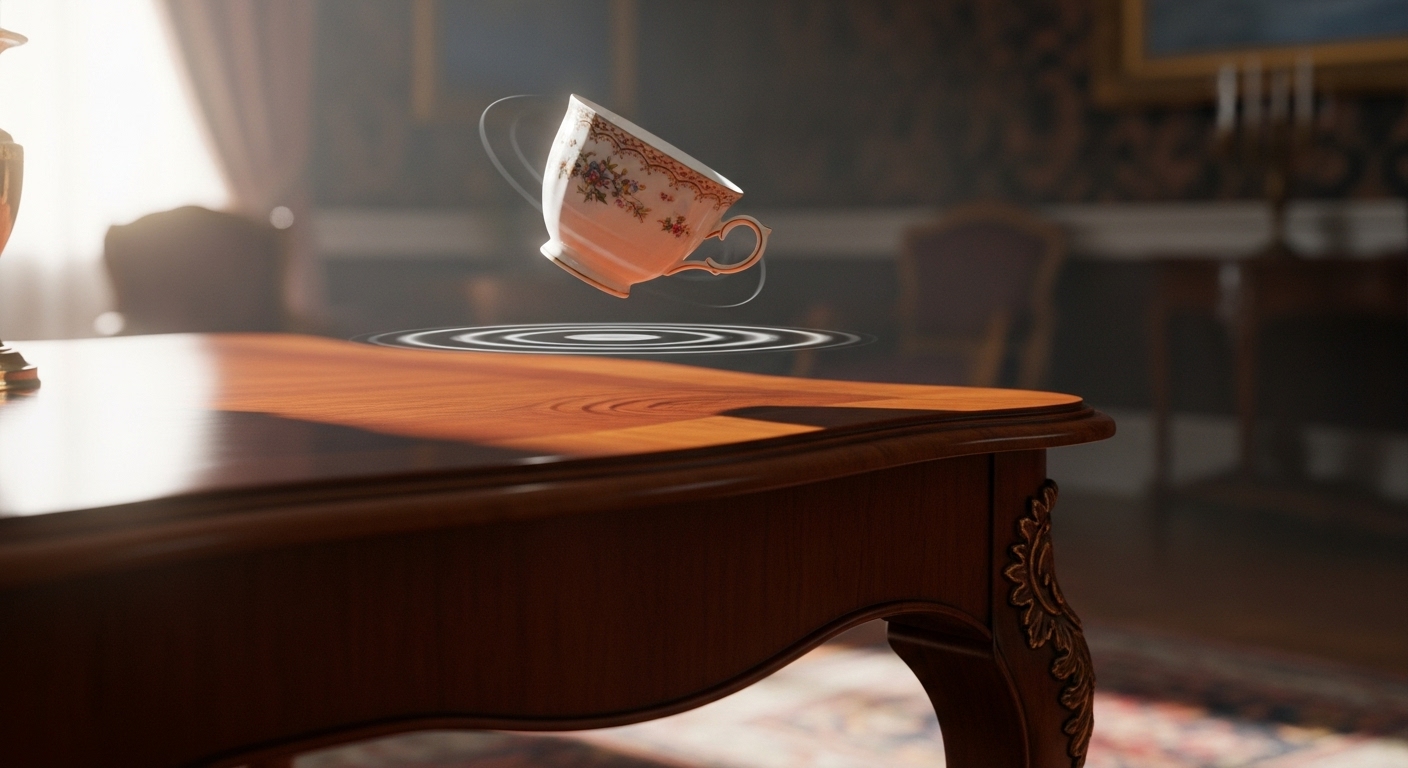
- Ed and Lorraine Warren: Self-taught demonologists and clairvoyants known for cases like the Amityville Horror, the Enfield Poltergeist, and the Annabelle doll. Their work inspired “The Conjuring” film franchise.
- Harry Price: An early 20th-century investigator, known for his skeptical approach and investigation of England’s “most haunted home,” Borley Rectory.[2]
- Hans Holzer: Often credited with coining the term “ghost hunter” and known for his investigations of haunted houses and use of psychics.
- Zak Bagans: Host of “Ghost Adventures” and curator of a haunted museum, known for his direct approach to communicating with the dead and exploring true ghost encounters.
- The Enfield Poltergeist: A highly documented case in the 1970s involving a family experiencing levitation, objects being thrown, and disembodied voices.
- The Amityville Horror: A famous haunting case where a family fled their new home, claiming demonic torment, which became the subject of books and films.[3]
4. The Psychological Perspective: Anomalistic Psychology
While many seek supernatural explanations, anomalistic psychology offers a lens through which to understand phenomena often attributed to real-life paranormal encounters and investigations, focusing on naturalistic, usually psychological, explanations for ostensibly paranormal experiences.
- Sleep Paralysis: A common phenomenon where individuals experience temporary inability to move or speak upon waking or falling asleep, often accompanied by vivid, terrifying hallucinations that can be interpreted as ghostly encounters.
- Cognitive Biases: The human mind is prone to biases that can lead to misinterpretations of ambiguous stimuli as paranormal phenomena.
- Inattentional Blindness: Failing to perceive unexpected stimuli that are in plain sight, which can lead to misremembering events.
- Hallucinations and Perceptual Distortions: Sightings of ghosts can be the result of optical illusions or hallucinations.
- Suggestibility and Magical Thinking: People’s beliefs and expectations can influence how they perceive and interpret experiences.
- Environmental Factors: Infrasound, electromagnetic fields, and carbon monoxide can sometimes induce feelings of unease or strange sensations that are mistaken for paranormal activity.[4]
- Fantasy Proneness and Dissociation: Studies have shown correlations between these psychological traits and a higher propensity for paranormal belief.
5. What to Do During a Real Ghost Encounter
If you believe you are experiencing a real-life paranormal encounter, there are steps you can take to cope and respond.
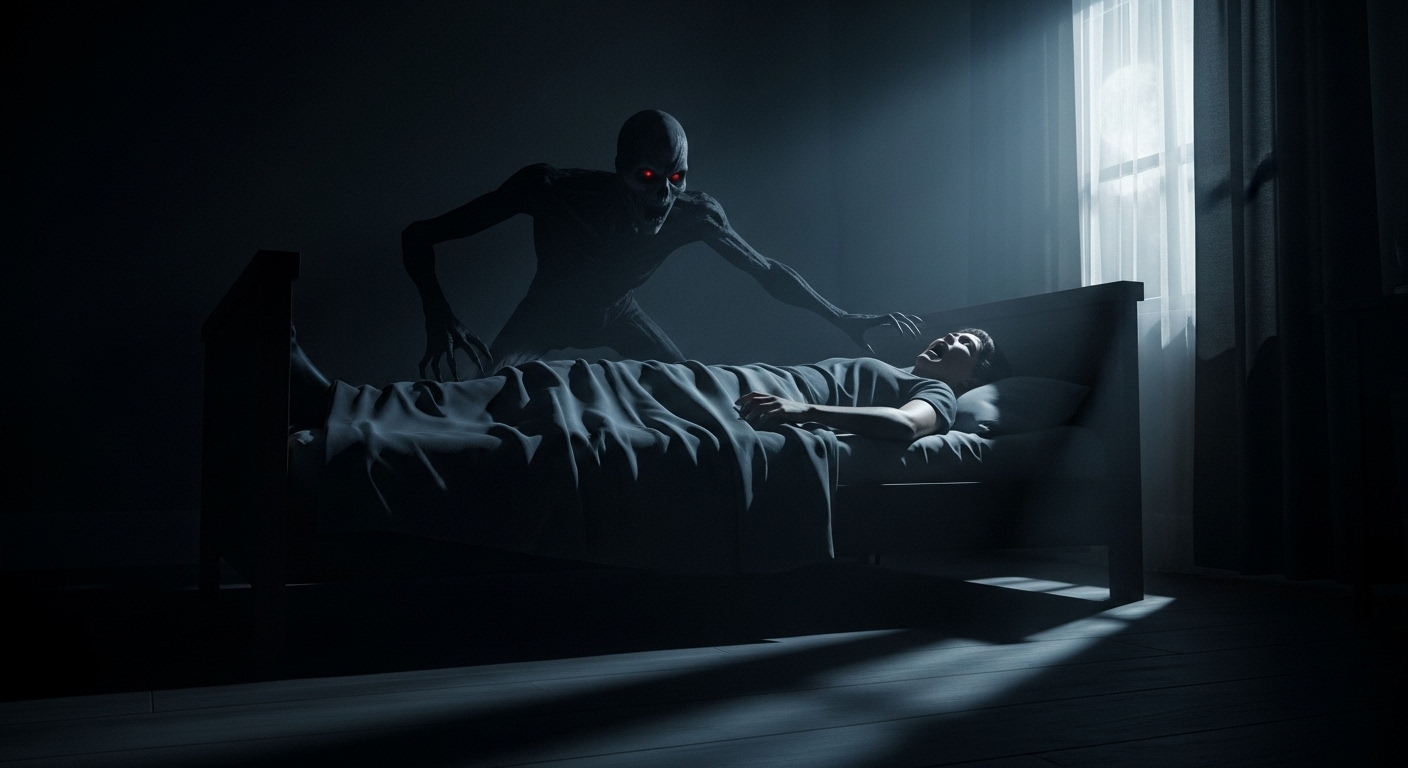
- Stay Calm and Don’t Panic: Fear can intensify the experience. Take a deep breath and try to remain composed.
- Observe and Document: If safe to do so, try to note details, times, and any changes in the environment. This can help in later analysis of a true ghost encounter.
- Assess the Situation: Determine if it’s a one-time event or part of a pattern. Is it frightening or merely unsettling?
- Talk to the Entity (If Comfortable): Some suggest politely setting boundaries or asking the spirit to leave.
- Consult Your Belief System: Many religions and cultures have established ways to deal with paranormal activity, such as prayer or cleansing rituals.
- Know When to Leave: If you feel unsafe or overwhelmed, prioritize your well-being and remove yourself from the situation.
- Seek Support: Discuss your experiences with trusted friends, family, or even a mental health professional, especially if they are causing distress.
Conclusion: The Enduring Mystery
Real-life paranormal encounters and investigations represent humanity’s persistent fascination with the unknown. Whether viewed through a lens of belief or skepticism, these experiences highlight our desire to understand the boundaries of our reality. While scientific explanations often shed light on seemingly supernatural occurrences, the allure of true ghost encounters continues to inspire investigation, discussion, and a healthy dose of wonder about the mysteries that may still lie beyond our current grasp of real-life paranormal encounters and investigations.

